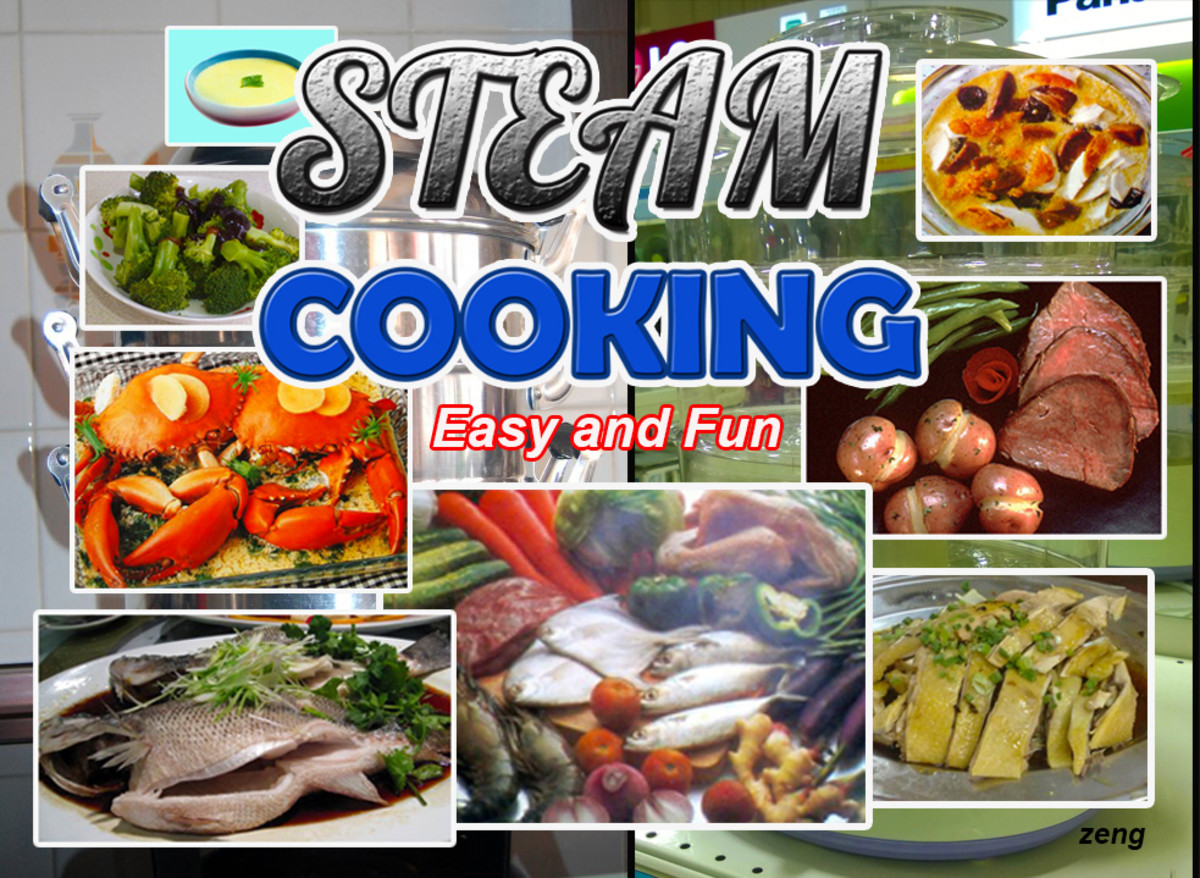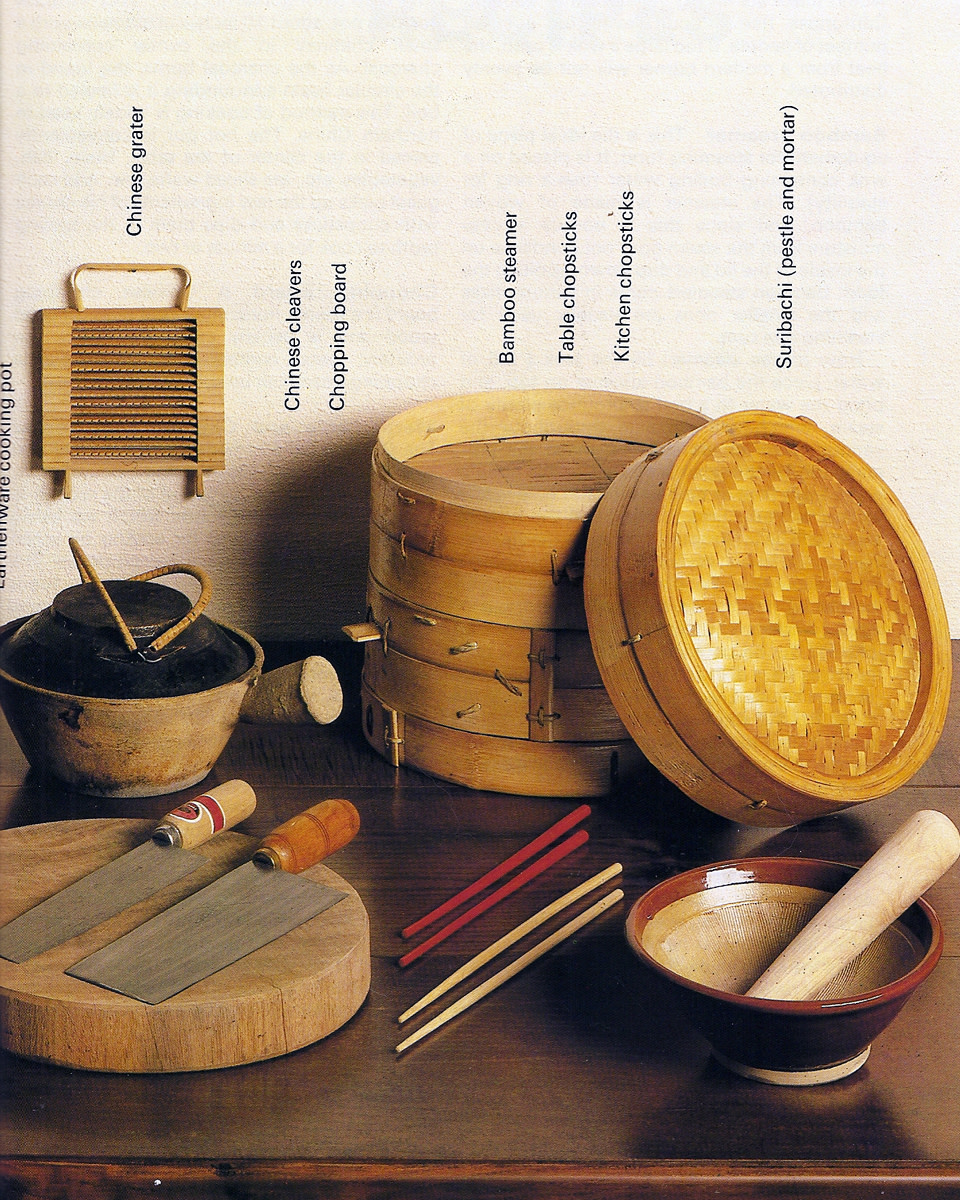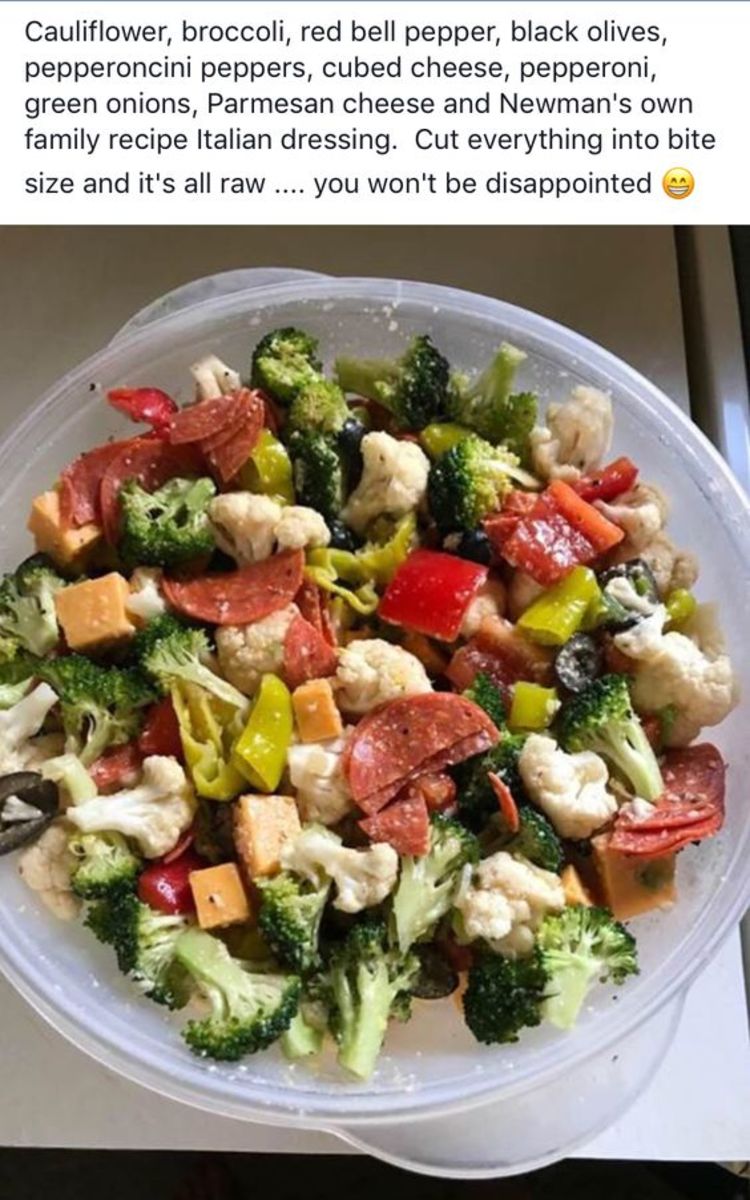Asian Cuisine - Asian Influence

ASIAN INFLUENCE
The Five Condiment Types
1. Extracts
This are essentially highly concentrated fluids taken from a single-flavor bearing item.
2. Paste
Are also concentrates, thick, silky or coarse rather than fluid and typically contain one or more ingredients
3. Marinades
These are the most often liquids in which meat, poultry and seafood are soaked for a period of time. Many marinades are the foundation of Asian meat-poultry, and fish-based stir-fries.
4. Dipping Sauces
Enjoying dipping sauces is a big part of any Asian meal.
5. Garnishes
These are essentially leaves, flowers, herbs or other similar color and texture items used to enhance food visually and lift the palate a final flavour note.
China: Mother of Asian Cuisine
Chinese cuisine is one of the world’s most ancient cuisines. China was the spring of life for Asian food, and its influences spread across mountains, plains, rivers and through cities and villages.
Peace and Harmony Through Food
As Confucius concluded, “The enjoyment of food is one of the things that contribute to the peace and harmony to a society. The key concepts in Chinese cooking are proportion, harmony and balance.
Peace and harmony are achieved through applying the principles of yin and yang which form all aspects of Chinese culture. According to the Chinese, by consuming a balanced diet, a person will achieve a balanced and healthy food.
Food that is Yin
Food that is Yang
Dark, feminine qualities-is cooling and mild
Light and masculine-is warming and hot
Yin reduces body heat
Yang increases body temperature
Yin foods are often vegetables, fish or seafood
Yang Foods are often meats, fruits such as apricots or cherries ands some vegetables such as carrots and onions
Yin foods are sweet, like sugar
Yang foods are tart, like vinegar.
Regions of China
A. The North: Beijing (Peking)
The north features great street food, as well as the tradition of imperial food, which is more refined. The cooking of the north is vey sensual and gutsy. The most striking difference in the north is the use of wheat.
B. The East: Shanghai
In shanghai, there is a refinement of cooking styles and subtlety in the saucing and techniques. Carved vegetables and fruit garnishes often accompany dishes and the region is known for its use of sugar as a flavoring.
C. The South: Canton (Guangzhou)
The food of the south is most commonly thought of as Cantonese. Cantonese food is widely considered the finest, most sophisticated and most innovative cuisine in china. Simple and light, Cantonese cuisine dishes are never heavily sauced. The cooking is even more refined and focused than in the east and the north.
D. The West: Szechwan, Hunan and Yunnan
The food of the west has been influenced by the many countries that border it. The food is a little simpler and less subtle than the south. This is the region of spicy food.
Two of its cuisines are famous: Hunan
and Szechwan, both of which are typified by intense heat, with
Hunan food being spicier than the two, because of the use or more fresh
chilies. This is also the region of multiple cooking techniques applied within
one dish.
a. Meat
Pork is the most common meat in China
b. Vegetables
Stir-fried, steamed, blanched or pickled – are an integral part of Chinese cuisine.
c. Preserved Foods
These are eaten on their own or used as ingredients in other dishes.
d. Soy Products
Soybean is a staple in Chinese cuisine.
e. Flavorings
Some flavorings are universal throughout most of china.
Tools and Equipment
a. The Wok
It is used throughout Asia, which means cooking vessel or pot. There are two main types of woks: flat-bottom and round-bottomed.
b. Other Essential Tools
Chinese Handled Strainer - a strainer that has a long wooden handle and a wire netting.
Cleaver - the sharp edge can be used to cut, the blunt edge as a tenderizer and the flat side to smash and flatten.
Key Chinese Techniquesa. Stir-frying
It allows food to retain its flavor and character. It is a practical technique, making it important in Asia.
b. Deep-frying
This is fundamental to Chinese cooking .It is used often at the beginning of the cooking process.
c. Steaming
Steaming has multiple purposes in the Chinese kitchen.
The Art of TeaA Chinese proverb says “Better to e deprived of food for three days, than tea for one. The difference between green, black and oolong tea is not in the trees themselves, but in the extent to which the leaves are fermented Green tea is unfermented (therefore the lightest), oolong is semi-fermented, and black tea is fully fermented. China produces all three kinds of tea.






